Meet Vadim Bozhko, the visionary behind Bozh Studio — a branding and web design business dedicated to helping service-based companies stand out.Fu ...
Framing Memories: The Art of Building a Family Photography Business
Written by: Howard Tillerman
Howard Tillerman is the Chief Marketing Officer for Step By Step Business and an award-winning marketing professional.
Published on November 22, 2023
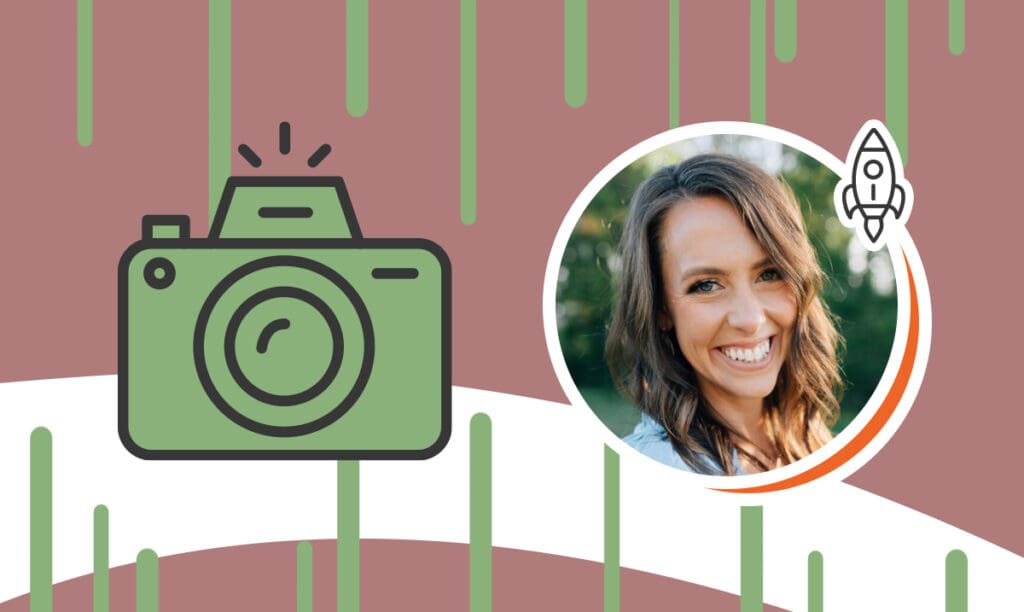
Embarking on a journey of capturing life’s fleeting moments, Kristina Graff has established herself as a notable name in the world of family photography. Her lens doesn’t just freeze time; it delves deep into the essence of family dynamics, illuminating the unspoken bonds and the beauty of everyday interactions. In our exclusive interview, Kristina unfolds her narrative – from her initial skepticism about the Albuquerque landscape to her realization of its diverse beauty, from the mundane to the magnificent.
We explore her beginnings, the challenges she faced, and her insights for budding photographers. Delve into the mind of a photographer who believes that everyone is photogenic, and the magic unfolds when subjects are at ease, being their authentic selves.
Discover how Kristina sets herself apart in a saturated market, her chosen tools of the trade, and her approach to marketing a business that’s as much about artistry as it is about capturing life’s priceless moments.
Business Formation and Motivation
SBS – Tell me just the story behind the formation of your business and what initially motivated you to start it.
Kristina – I feel like I’ve always been interested in photography in high school and college. It was just fun to take photos, but I was never super serious about it. Then, my oldest was born. He’s now eleven. When you have a kid, you want to take good photos of them.
I got a better camera so that I could start learning manual mode, where you control each of your settings to get the exact look that you want instead of letting the camera do it for you — so you’re really in control. I started doing that, learning more, and then I went away from photography for a bit. I wanted to try lots of other things, so I went through a woodworking phase, a sewing phase, calligraphy, DIY projects, and stuff. I finally circled back around to photography, and I thought, “I want to really get a lot better at this.”
I started buckling down and trying different things I had been too nervous to try before. It just built from there. I had family friends that knew I was interested in photography. They would ask me, “Could you just take some family photos for us?” And I’d accept. The idea of starting a business just kept entering my brain, and I was telling myself, “No, I’m not going to do it.” And then, finally, I felt like maybe I should try.
SBS – So, what was the initial reason you started your business?
Kristina – I was going through this self-help phase, listening to self-help podcasts. There was a lot of “do what you feel called to do” and “what’s something that you’d do if you weren’t scared?” that would always enter into my brain. But I wasn’t sure. I knew it was fun to do occasionally, but I didn’t know if I would like to do it all the time. I started just offering free sessions to people at my husband’s work just so I could do it a little bit more often and see if I would actually like it. And then I realized I liked it and just went from there.
Overcoming Early Challenges
SBS – Since your start was challenging, what difficulties did you face in the first initial stages (maybe even first years or months), and how did you overcome them?
Kristina – I think the major challenge of starting any photography business is just finding clients and getting the word out. For me, it’s really been a slow build. You hear the stories of other people who start, and right away, they take off, and they’ve got all these clients, all these accolades, all these awards, and stuff. But I’ve really appreciated the slow burn, the slow build, as another photographer called it. That slow build has helped me make sure that I have the systems in place that I need as I grow. But, the main challenge was finding clients first. How do I get the word out?
Okay, well, I’ll start an Instagram account. I’ll try to post with the hashtags, then build a website and learn about SEO so people can find me. Once people started finding me, it became more of, “Now I’m finding clients, but now I need to find the right clients, the people who can see what I’m trying to accomplish with my style of photography and are in line with that vision.”
Setting Yourself Apart
SBS – What do you think differentiated you from the others in your market? What are some specifics that you offer in your photography?
Kristina – I guess the good and bad thing about my market is that I really view my photography as my art. It’s very subjective — someone could look at it and say, “I really like that,” whereas another person can look at it and say, “That’s not for me.” I think the big thing I’ve had to figure out for myself is my “why” — why do I like to take photos, especially family photography (which is what I focus on)? Why is that important for me to do? Why am I called to these certain images that I take? Why am I so excited? Why do they light me up? I really want to find beauty in the mundane. There’s so much focus in our society on the big things, like the big vacations or the big moments and the big achievements. But those moments — they’re not every day. They’re few and far between.
I just find beauty in the craziness of family life, finding those little things that I feel are important and overlooked so much in our day-to-day lives because our society is just like, “Go, go,” all the time. And when we’re so crazy busy and so “go, go,” then we don’t have the minute to sit down and notice those teeny things that make up so much of our life and are so important.
A Day in the Life
SBS – I assume you don’t have typical days, especially when going to different locations, but what are some essentials and routines that you do as an entrepreneur on a typical day — if there is one?
Kristina – I don’t really have set routines. I’m primarily home with my kids. For me, it’s just trying to find times where I can fit work in between family life stuff. When it comes to booking clients, there is a routine that I go through. When someone first contacts me through my website, I talk to them on the phone and go over everything just to make sure that we’re a good fit, that they understand what’s going to happen throughout the whole process of family photos, and understand my pricing, I like to be very upfront. I’m not a big salesperson, so trying to sell people or trying to trick them into buying more just feels so dirty to me.
There’s a phone call, we set a date, and then I reach out a week before, do a wardrobe consultation, and say, “We’re going to meet at this time at this place.” I just try to be clear with my communication. I also send them a welcome guide when they first book. It has frequently asked questions about what to expect.
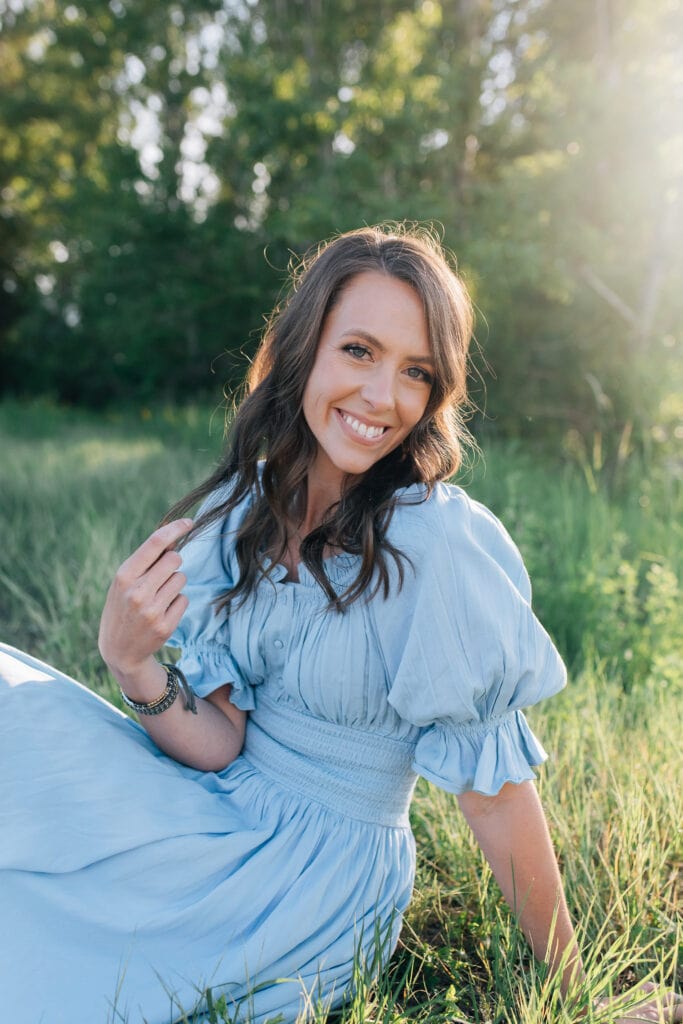
Skills Development and Resources
SBS – Can you tell me how you developed your photography skills and what resources, mentors, or courses you used to be what you are today?
Kristina – I was mostly self-taught for a good long while. I just used blog posts on Click it Up a Notch, and then I started investing more and more as time went on. I took a few mini-classes from Click Photo School when I first started. After I’d been in business for a couple of years, I took one of the best classes that most photographers know about — The Magic of Light by Summer Murdock. I’ve thought about this before — I feel like the more that I learn about photography, the more I realize there is to learn, and light is a big thing. I think I read somewhere that photography means drawing with light. That course was really helpful.
Two years ago, I did a big retreat and mentoring program called Love Soaked with a family photographer named Brooke Schultz. I’ve done some online courses, and next year, I’m doing another mentoring and retreat form with a photographer named Sabrina Gebhardt.
Equipment Evolution
SBS – What equipment did you use when you started, and what do you have now? You don’t need to tell me the exact dollar amount, but how much money do you think someone needs to invest so they can start or upgrade?
Kristina – The first camera that I started out on was just a mid-grade DSLR, so it was the Nikon D5200. That cost me about $500 at the time. I think it’s less now because a newer model has come out. It has a cropped sensor, which means it’s like any lens you have. Anyway, it’s not as nice as a full-format camera. So, I eventually upgraded to a full-format camera, the Nikon D750. Last year, I finally upgraded to the new mirrorless cameras, which are the newest things.
My old camera will still take good pictures, but my new mirrorless does a lot better with noise. It’s not as noisy, meaning it does better in low-light situations. I think it is important to try and stay a little up-to-date, but I also don’t think it’s super important to get the new gear as soon as it comes out.
Marketing Strategies
SBS – In the beginning, you mentioned you had an issue to attract new clients. I think that anyone in the business has that problem. But now that you have some experience, what are the marketing strategies, if you have them, that you use to attract new clients?
Kristina – My client base now is half and half. I have a lot of recommendations. However, most people are finding me through Google, so that’s good. It’s been a slow burn, but building up my SEO, learning about it, and blogging so that it works for the SEO have been the major reasons why my SEO is doing better. It’s also why more and more people are finding me through just a Google search as opposed to before when they were finding me through mouth-to-mouth, referrals, or hashtags on Instagram.
Work-Life Balance
SBS – You also mentioned having kids, so I assume it is hard for you to balance work and life? Do you have some recommendations and tips?
Kristina – Right now, the fall season is usually really busy for family photographers, especially. I just discovered that for me, a good balance is to only do two sessions a week. Sometimes, I’ll squeeze in a third one, but that’s what works for me so that I feel like I can give my full attention to each client and also not feel crazy stressed. Every photographer is different. But for me, it’s important to have a quick turnaround time. I usually give my clients their photos a week after their session. In order to keep that short, I have to set limits on how many sessions I can take a week so that I can feel balanced and not get stressed out.
Navigating Difficult Situations
SBS – How do you handle some difficult situations during shoots with your clients? Did you have some situations, maybe tight deadlines or some difficult clients?
Kristina – I guess the major thing you have to deal with with photography is people not wanting to be there, which makes sense. I don’t love getting photographed, either. Usually, I just let people be. In my style of photography, we do a lot of props and games and stuff. So, usually, by the end, I’ve won over people. It doesn’t always happen, but really, I don’t call attention to it.
SBS – You don’t take it personally?
Kristina – Yeah, I just stay calm, even if inside I’m like, “Oh shoot. They’re not interacting how I want them to.” I don’t show that because that just brings weird energy to the session.
Advice for Aspiring Entrepreneurs
SBS – What advice would you give someone wanting to start their photography business today?
Kristina – I would recommend knowing your craft before you start a business. Maybe some people view photography as, “Oh, it’s easy, I’ll just buy a nice camera, and then I can be rolling in the dough,” but I would say — know your craft and then just start. Really, if you feel called to do it, just start and don’t feel like a failure if it’s slow at first because, like I said, there are good things about the slow build. I know that’s a bit of a privileged thing for me to say because photography is not my main source of income, so I could grow slowly. But if you’re really passionate about it, and it’s really important to you, and you feel called to do it, just keep going, just keep learning, just keep trying.
Future Outlook
SBS – How do you see your business in a couple of years, and how do you see it evolving and staying updated with this AI stuff or the changes affecting your business?
Kristina – I don’t really have any huge goals. I just want my business to keep growing and serving people. I want to keep making work that I feel proud of. Through my photography, I want to show people that the little things they do every day matter because of the impact they make on their families in the long run. Those are my main goals. I really want people to feel like they’re important and they matter, and that I see them — even if we’re only together for an hour — and I see the hard work that they’re putting into their family because of the way that their kids look at mom and dad or because of the way the kids are so sweet with each other. You know what I mean?
SBS – Because of the connection that you see on those shoots.
Kristina – Yeah. And then, when it comes to the AI stuff and my view on heavy editing — I don’t do it. I’ve had people ask me before, “Hey, can you bring in my gut on this photo?” And I’d say, “Sorry, I don’t do that.” I have it in a contract because I feel like there is so much in our world right now that is fake and not an accurate representation of what it actually is. I want to be in that space where what you see is what you get. I really want to keep that going forward, even though I know AI is becoming more and more of a thing. I have used AI occasionally to take out something in the photo I don’t want or to extend the borders.
SBS – I think people should be confident in what they offer because there is no real threat to you if you have quality in your work. You should be true to who you are — and you definitely are — so I think that you should stay on your track. I really wish you all the best in the business and just to be truthful to yourself and to your family. I think that is something that a lot of people are losing nowadays. We’re just forgetting that the family is the essence of everything — and ourselves. In your photography, your real representation of those people is what matters.
Subscribe to Our Newsletter
and gain insider access to cutting-edge business insights and trends.
Featured Resources
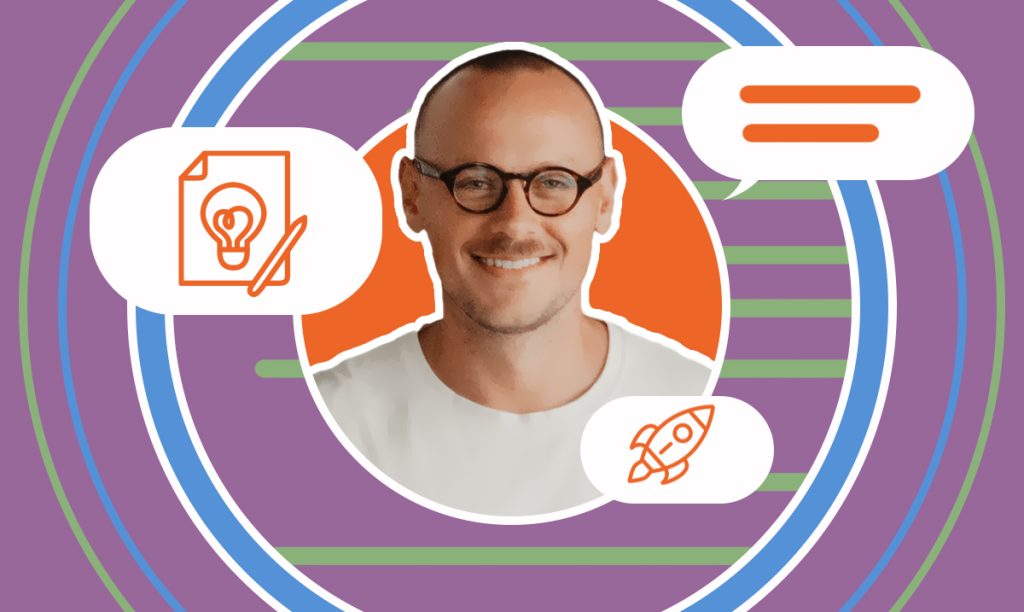
How “Less but Better” Drives Bozh Studio’s Design Edge
Published on April 3, 2025
Read Now
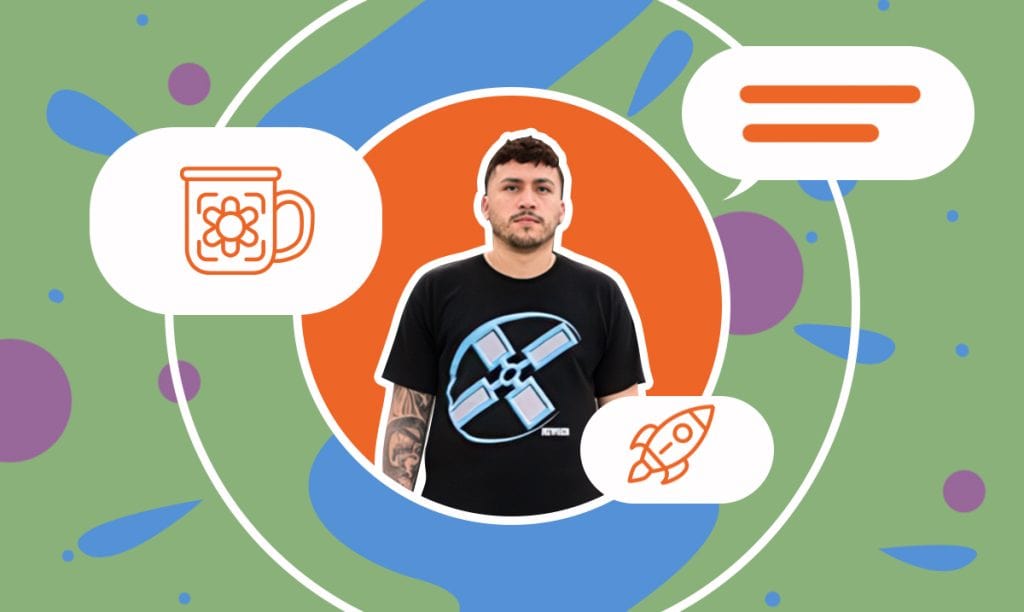
How This Print Shop Delivers High-Quality Custom Designs
Published on March 6, 2025
In this interview, we speak with Juan Labra, CEO/creative director at New Gen Print and Design LLC, about his journey in the printing and designindu ...
Read Now
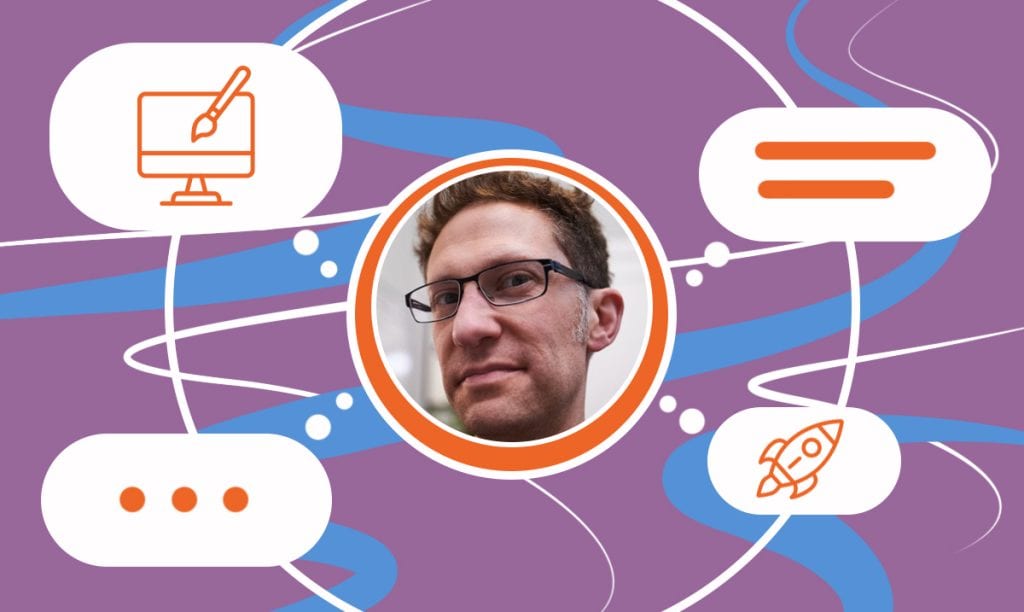
How Data and Creativity Work Together in Value-Based Design
Published on December 2, 2024
In this interview, we’re joined by Nick Disabato, the founder of Draft, a design consultancy focused on driving business growth throughvalue-b ...
Read Now
Comments